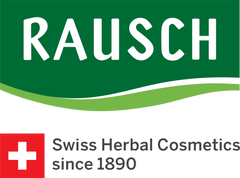Ginseng | What's that?

Ginseng – also known as Asian ginseng, Chinese ginseng or Korean ginseng – is a species whose roots are packed with powerful substances. It is part of the Araliaceae family, and chiefly grows in mountainous and forested regions in the north of Korea, Northeast China and southwest Siberia. It is grown around the world for its roots, which are used as the basis for medical and pharmaceutical products.
Ginseng is a perennial herbaceous plant that reaches heights of 30 to 60 cm. The rootstock of the ginseng plant usually consists of one or two bundles of spindle-shaped or cylindrical roots. At the head of the stalk are three to six long-stemmed leaves gathered in a whorl, with multiple leaves attached at one node. The Mandarin word for ginseng root is ‘rénshēn’, which roughly translates as ‘human root’.
Ginseng has been used as a remedy in traditional Chinese and Korean medicine for thousands of years. The first written reference to ginseng appeared in around 40 BCE. Ginseng has remained a symbol of health and longevity to this day. In ancient times, ginseng was only available to royalty, nobility and their closest acolytes. This made the ginseng root more valuable than gold.
It wasn’t until the 17th century that the ginseng root became popular in Europe. The plant had previously been brought to Spain by sailors from the Middle East, but had been forgotten again over the years. It was brought back into common use by Dutch sailors in particular. In the 20th century, ginseng was recognised as a medicinal plant by conventional medicine based on its proven effects.
